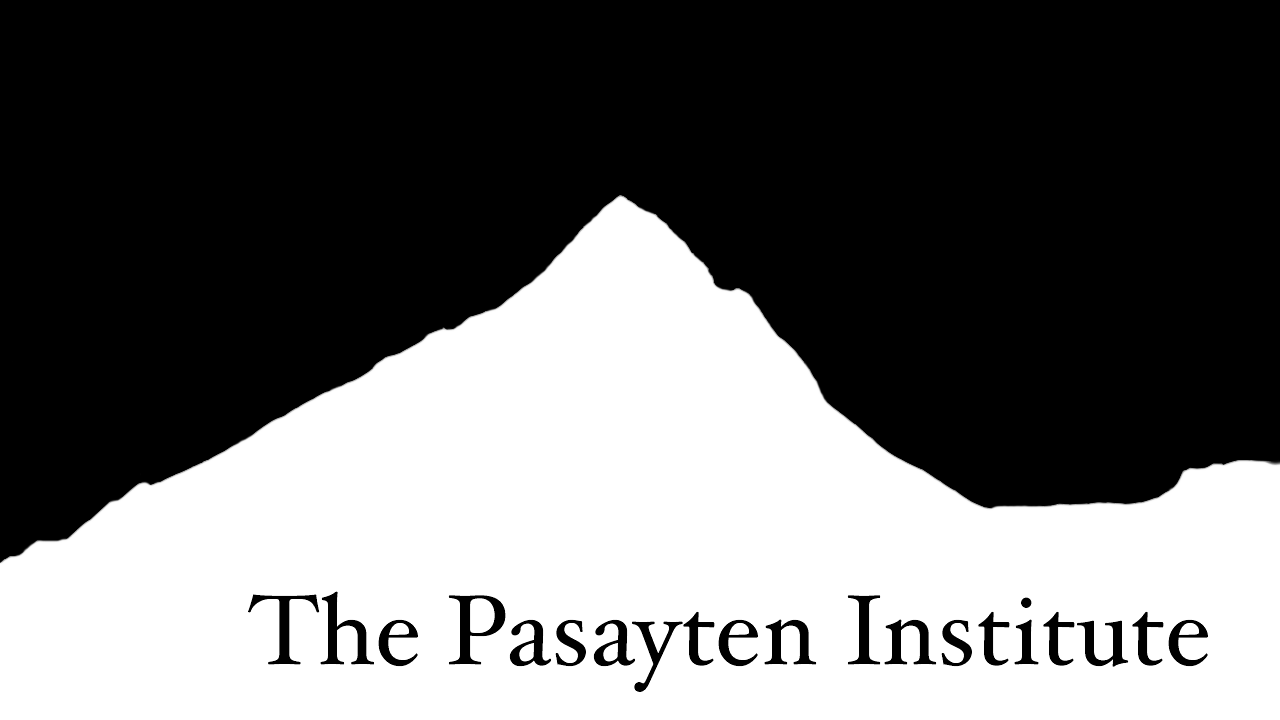Review of the Twisted Affine Lie Algebra sl2
Ahoy! This page uses MathJax to typeset math symbols. If you’re seeing code rather than nice, typeset symbols, you may need to hit “refresh” to render things cleanly. Thanks for stopping by!
Over at our informal SeanForScience YouTube channel, we’ve been running a technical series on Vertex Operator Algebras. It mostly follows the Frenkel, Lewposky, Meurman text, although I’ve included some extra physics material for context.
After months of producing episodes, we’re about to publish our first actual representation of an affine Lie algebra using Twisted Vertex Operators. Because of that, I included a whole bunch of review material - mostly in the form of exercises - just to remind everybody how most the structures involved work.
It starts from sl2 - the Lie algebra of SU2 that physicists love so much - and builds out from there. Because it was such a nicely packaged survey, I thought I’d publish it here too.
I’ve also published the answers to the associated exercises (It will be the 39th episode).
So. If you’re into mathematical physics, or have any experience with the Pauli σ-matrices, you might find this construction fun.
From sl2 to the twisted affine Lie algebra ~sl2[θ]
Unless otherwise specified, in these notes we work over an infinite, commutative field of characteristic zero, referred to as F. The ring of formal Laurent series in some formal variable t over F will be denoted by F[t,t−1], and span over F of vectors vi will be written either as Fvi or (\mathsf{span}(v_{i})\).
sl2
The defining representation of sl2 can be considered by the span of the physicists' σ-matrices,
sl2=span{σ1,σ2,σ3},
where
σ1=(0110),σ2=(0−ii0),σ3=(100−1).
The Lie brackets defined in terms of matrix commutators, which gives the algebra's defining relations:
[σi2,σj2]=iϵijkσk2.
These matrices are traceless and self-adjoint, and also form a Clifford algebra,
σiσj+σjσi=2δij.
An useful, alternative set of matrices is given by the Chevalley basis,
σ=σ3,σ±=12(σ1±iσ2).
Exercise 1 :
Show that, in the Chevalley basis, the commutation relations become
[σ,σ±]=±2σ±,[σ+,σ−]=σ.
Any of the three defining matrices σi serve as an involution on sl2, via conjugation
g→σigσ†i=σigσi.
Exercise 2:
Show that under the σ1-involution, σ is odd and σ± switch roles. Hence show that the combinations
x+=12(σ++iσ−),12(σ+−iσ−),
are even and odd under the involution, respectively.
sl2 itself is a vector space, with the inner product given by the so-called Killing form,
⟨g,h⟩=Tr(gh).
Exercise 3:
Verify the following inner products on sl2:
⟨σ,σ⟩=2,⟨σ+,σ−⟩=1,⟨σ,σ±⟩=0,⟨σ±,σ±⟩=0,⟨x±,x±⟩=±2,⟨x+,x−⟩=1.
The affine Lie algebra ^sl2
For g∈sl2, we can consider the tensor product with an algebra of polynomials in some formal variable t. These include objects like
g(m)=g⊗tm,m∈Z.
The affine Lie algebra ^sl2 is defined as
^sl2=g⊗F[[t,t−1]]⊕Fc=span{c,σ(m),σ+(m),σ−(m)},
where c is some central element that commutes with everything in ^sl2 that can be included on considerations of generality.
The Lie bracket of such an affine Lie algebra is given by
[g(m),h(n)]=[g,h]⊗tm+n+c⟨g,h⟩mδm+n,0.
Exercise 4:
Show that the commutation relations of ^sl2 are given by
[σ(m),σ(n)]=2mcδm+n,0,
[σ(m),σ±(n)]=±2σ±⊗tm+n,
[σ+(m),σ−(n)]=σ⊗tm+n+cmδm+n,0,
[σ±(m),σ±(n)]=0,
[c,σi(m)]=0.
We can also append the degree operator d to ^sl2,
[d,g(m)]=mg(m),
so that
~sl2=^sl2⋊Fd
It is often convenient to package an entire series of operators g(m)=g⊗tm as a formal series:
g(z)=∑m∈Zg⊗tmz−m,
where z is yet another formal variable. There should be no confusion between the series g(z) and its coefficients g(m). Care must be taken to ensure that the algebra those series are well-defined, particularly when considering a formal series of products of operators on some vector space. Typically this amounts to ensuring that the sums of operates themselves result in a series that is finite. For us this amounts to ensuring that the assumptions behind the Stone-von Neumann theorem are satisfied. See Chapter 2 of FLM for details.
Exercise 5:
Express the commutation relations of ~sl2 in terms of formal series, making use of the delta function,
δ=∑m∈Zzm,
and the formal degree derivation,
D=zddz.
That is, verify that
[σ(m),σ±(z)]=±2zmσ±(z),
[σ(z),σ(w)]=−2cDzδ(w/z)
[σ+(z),σ−(w)]=σ(z)δ(z/w)−cDzδ(w/z),
[d,σ(z)]=−Dzσ(z),
[d,σ±(z)]=−Dzσ±(z)
The twisted affine Lie algebra ^sl2[σ1]
Extending the involution
We now consider extending the involution of sl2 given by the σ1 action to the affine case. To that end, we generalize the ring of polynomials F[t,t−1] to include half-integral powers,
F[[t,t−1]]→F[[t1/2,t−1/2]],
and introduce an involution
t1/2↦−t1/2.
We then have the full involution on on ^sl2[σ1], given by
θ:g↦σ1gσ1,θ:t1/2↦−t1/2.
Exercise 6:
Let ^sl2[σ1] be the set of elements in ^sl2 invariant under θ. Show that
^sl2[σ1]=span{c,σ⊗tm+1/2,x+⊗tm,x−⊗tm+1/2|m∈Z}.
Exercise 7:
In terms of even and odd representatives of sl2, that the commutation relations of ^sl2[σ1] are given by
[σ(r),σ(s)]=2crδr+s,0,
[x+(m),x+(n)]=2cmδm+n,0,
[x−(r),x−(s)]=−2crδr+s,0,
[σ(r),x+(m)]=2x−⊗tm+r,
[σ(r),x−(s)]=2x+⊗tr+s,
[x+(m),x−(r)]=−2σ⊗tm+r.
^sl2[σ1] in formal variables
To index formal series that include factors of t1/2 it will be helpful to define,
Z={m+12|m∈Z}.
We well also find it useful to define
Z+={m+12|m∈Z,m>0},
and
Z−={m+12|m∈Z,m<0}.
We also use the convention that indices in Z start with m, and indices in Z start with r. That is,
r,s∈Z,m,n∈Z
Exercise 8 :
Show that
δ(z)=12(δ(z1/2)+δ(−z1/2))
and that
z1/2δ(z)=12(δ(z1/2)−δ(−z1/2)).
Hence, verify that
(1+z1/2)δ(z)=δ(z1/2).
Let us now rewrite the Lie brackets of ^sl2[σ1] in terms of formal series.
Exercise 9:
Verify that
[σ(z),σ(w)]=−2cDz((w/z)1/2δ(w/z))
[x+(z),x+(w)]=−2cDzδ(w/z),
[x−(z),x−(w)]=2cDz((w/z)1/2δ(w/z)),
[σ(z),x+(w)]=2x−(z)δ(z/w),
[σ(z),x−(w)]=2x+(z)((z/w)1/2δ(z/w)),
[x+(z),x−(w)]=−2σ(w)δ(w/z)
The order of the formal variables matters, but can induce nontrivial relationships owing to the ordering of the indices of infinite sums.
Exercise 10:
Verify that
σ(w)δ(w/z)=σ(z)((z/w)1/2δ(z/w)).
This concludes our review of ^sl2[σ1].
